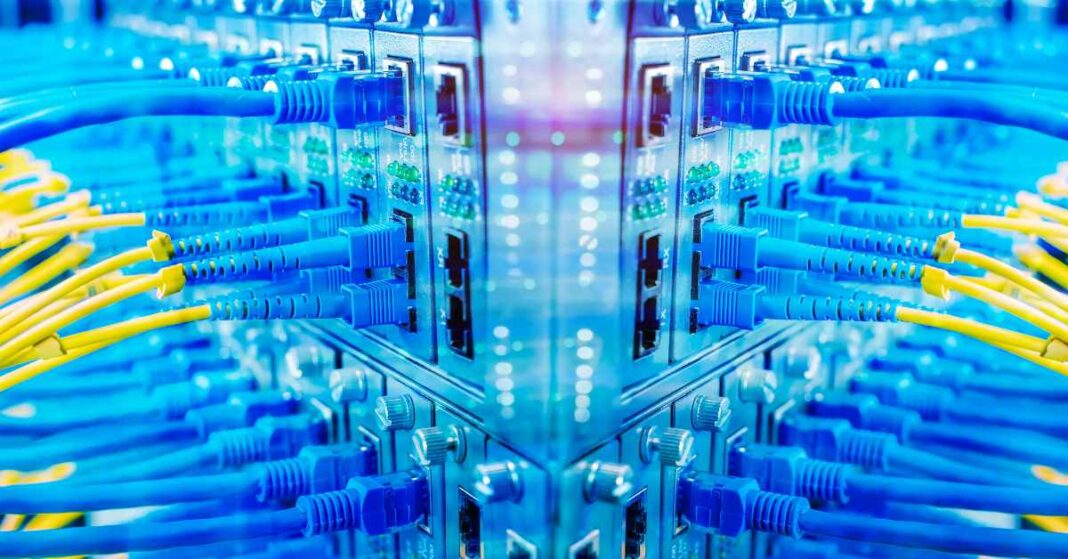Fibre optics allow you to connect with those far away, watch your favourite series on your computer, buy what you need online or play your favourite video game at maximum speed. It’s there, even if you don’t see it, but it shows. And a lot! That is why today we will tell you some curiosities about fibre optics. We sure managed to surprise you!
Curiosities about Fiber Optics
Indian physicist Narinder Singh Kapany designed it.
Obviously, not with the advances we have made today, but Narinder, who in 1953 designed and manufactured a glass cable capable of transporting the light. And he later called it fibre optics.
Fibre optics date back to the Roman Empire
Curious, right? Fibre optic technology dates back to Roman times when they began turning glass into fibres.
Fibre optics are finer than your hair.
That’s how it is. It’s all a large amount of data that goes at the speed of light, travelling on a very, very fine wire. The core of a fibre optic cable has a width of about 8 microns (1 micron = 1000 mm).
The first connection
The first fibre-optic telephone connection was made in 1977 by the General Telephone and Electronics company.
And it also has broken records.
Engineers at University College London achieved this by achieving a fibre optic data transmission speed of 178 terabits per second, or 178,000,000 megabits per second.
Fibre optics are less prone to catch fire.
Since it uses light signals instead of electrical signals, thus eliminating the overheating problem that was common with copper cables.
Fibre optics is very hard.
Those 8 microns may be fragile, but quite the opposite. It can withstand almost 100 kilos of tension when pulled without breaking. The old cables only supported about 11 kilos, so it is challenging.
Fibre optics are greener.
Because the amount of energy it takes to send that light through the wire is much less than what it takes to send the electrical signals on the old copper wires. If you care about the planet, this is an excellent option for your telecommunications.
In addition, according to experts, silicon dioxide (silica and oxygen), materials found in the earth’s crust, animals, plants, water… It has also been recognized that the silicon extraction method is ecological.
Fibre optics do not depend on time.
Other materials suffer from water, cold, wind or snow, but not fibre optics. It transmits the data it should, regardless of the weather.
Fibre optics are safer.
Accessing the cable through which the information travel is much more challenging. Impossible to intercept the information.
Sharks love fibre optics.
It’s true. Fibre optic cables that cross the ocean have had to be reinforced due to shark bites. They attract their attention due to the electrical impulses they emit, and they mistake them for their prey. It also happens with rats.
Fibre optics have many uses.
Fibre optic cables are widely used in medicine in various procedures such as endoscopy or microscopy. Fibre optics have commonly been used in large buildings and structures, especially lighting systems.
As you can see, fibre optics has opened up a world in data transmission. We hope you liked our curiosities about fibre optics. Remember that in addition to interests, it has many advantages for users: high-speed data transmission, better bandwidth, avoiding electromagnetic interference, improved video and sound quality, much more reliability, you have the same speed to download and load, better interactivity in video games… And we could go on!
Also Read: Safety Features you Can Use on your Personal Computer










![Imginn Instagram Story and Photos Anonymous Viewer Tool [Free] Imginn](https://www.iblogtech.com/wp-content/uploads/2023/09/imginn-150x150.webp)



